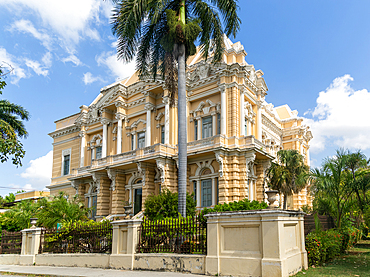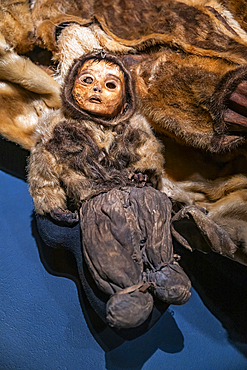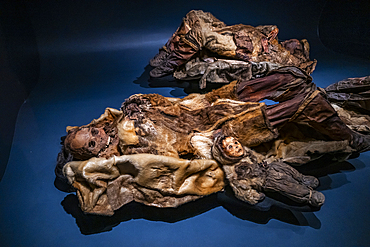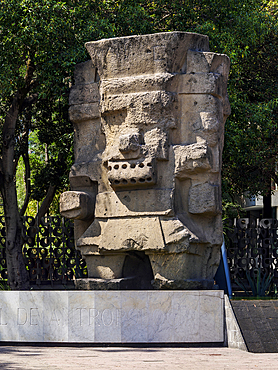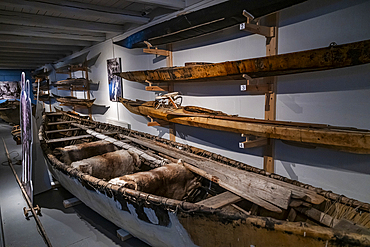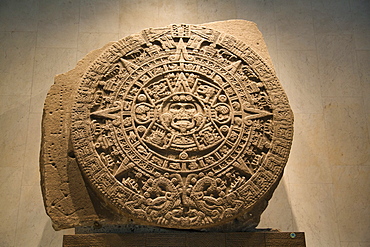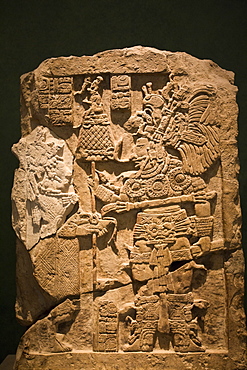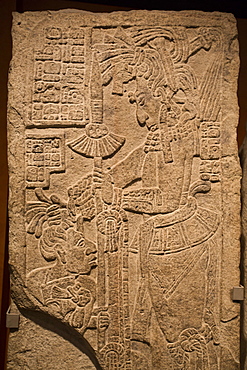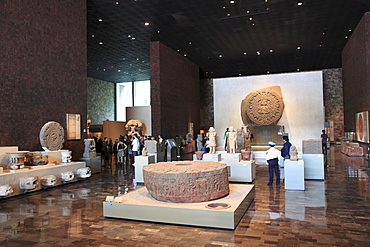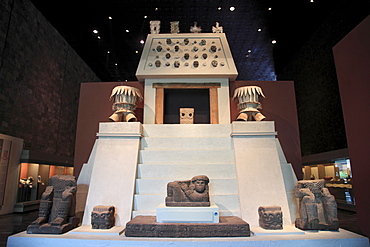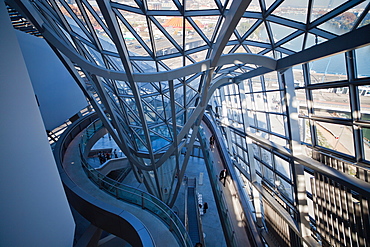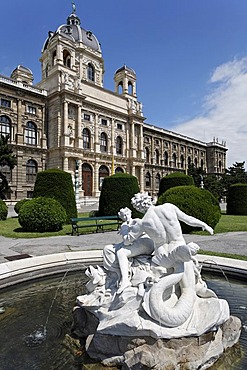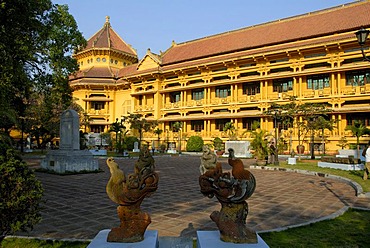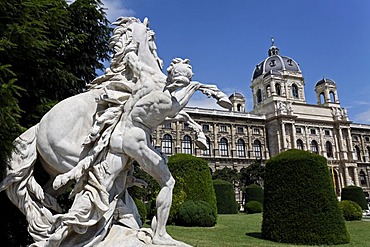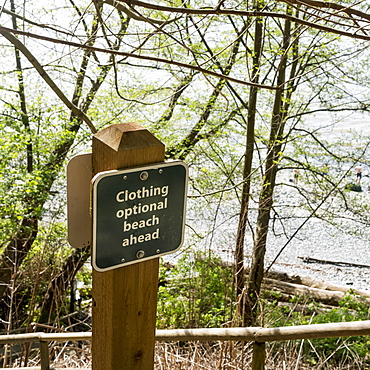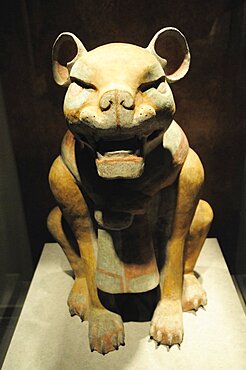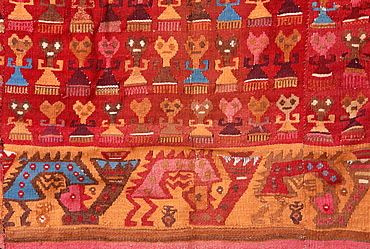Results
55 results found
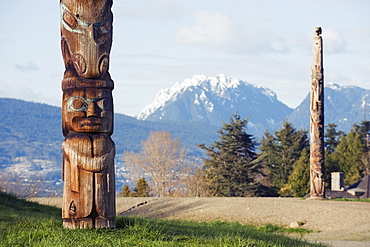
Totem pole at the Museum of Anthropolgy, UBC campus (University of British Columbia), Vancouver, British Columbia, Canada, North America
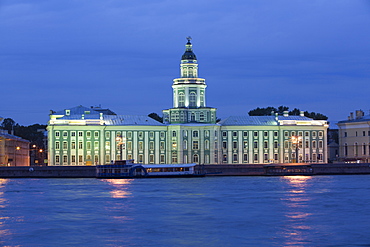
Museum of Anthropology and Enthropology, evening, UNESCO World Heritage Site, St. Petersburg, Russia, Europe

National Museum of Arts (Museo Nacional de Arte), built around 1900, Centro Historico, Mexico City, Mexico, North America

Mayan history, Museo Nacional de Antropologia (Anthropology Museum), District Federal, Mexico City, Mexico, North America

Museo Nacional de Antropologia (Anthropology Museum), District Federal, Mexico City, Mexico, North America
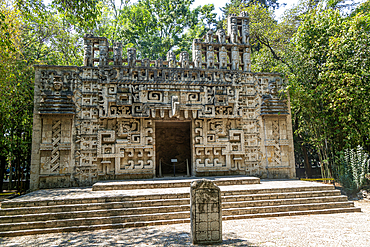
Reproduction facade of Hochob temple, Chenes Culture architecture, National Museum of Anthropology, Mexico City, Mexico, North America
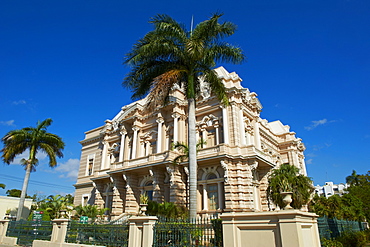
Regional Museum of Anthropology, housed in a 19th century building, Paseo de Montejo, Merida, Yucatan State, Mexico, North America

Reconstruction of Homo sapiens who lived 160000 years ago and found in the Jebel Irhoud in Morocco, Evolution Stairs, Moesgaard Museum (MOMU), Henning Larsen Architects, museum of archaeology and ethnography, Hojbjerg, Aarhus, Jutland, Denmark, Europe

First digital physical reconstruction of a Nabataean woman, Hinat, 2nd to 1st centuries BCE, from 3D skull scan, Hegra, Medina Province, Saudi Arabia
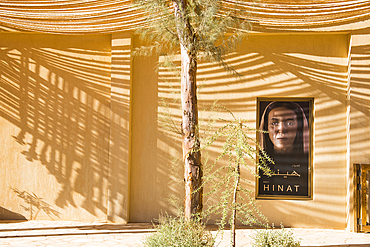
First digital physical reconstruction of a Nabataean woman, Hinat, 2nd to 1st centuries BCE, from 3D skull scan, Hegra, Medina Province, Saudi Arabia
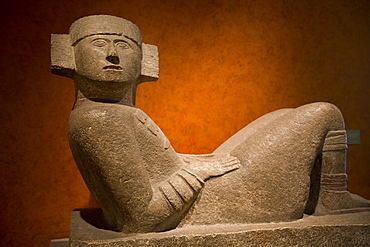
Maya Chac-Mool from Chichen Itza, National Museum of Anthropology, Mexico City, Mexico, North America

Tourists looking at Aztec calendar stone, National Museum of Anthropology, Mexico City, Mexico, North America
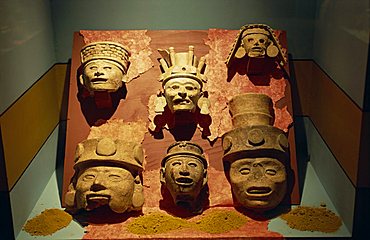
Mayan and other pre-Columbian artifacts, Museum of Anthropology and History, Merida, Yucatan, Mexico, North America
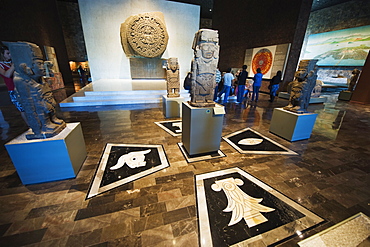
Aztec history, Museo Nacional de Antropologia (Anthropology Museum), District Federal, Mexico City, Mexico, North America
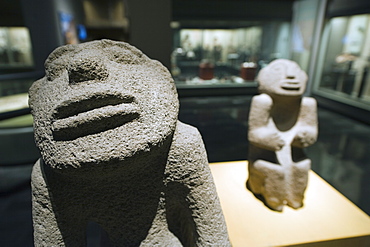
Mayan artefacts, Museo Nacional de Antropologia (Anthropology Museum), District Federal, Mexico City, Mexico, North America

Teotihuacan history, Museo Nacional de Antropologia (Anthropology Museum), District Federal, Mexico City, Mexico, North America

Ceramic Figure dating from 200-600 AD, from Tambas de Tiro, National Museum of Anthropology, Mexico City, Mexico, North America
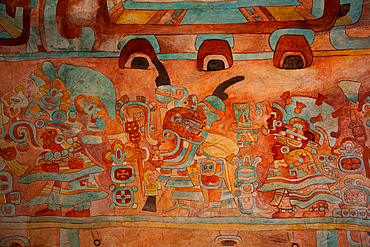
Reproduction of Mural from Tomb 105, 250-500 AD, from Monte Alban, National Museum of Anthropology, Mexico City, Mexico, North America
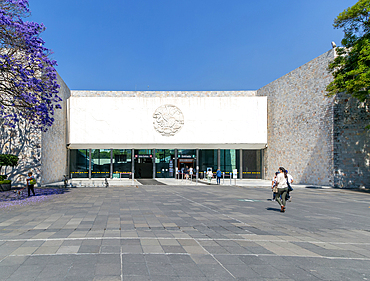
Exterior of the National Anthropology Museum, Museo Nacional de Antropología, Mexico City, Mexico, North America
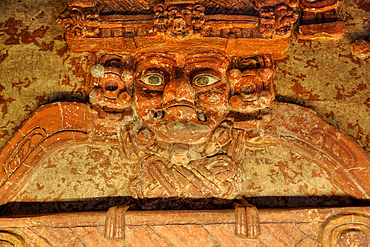
El Frisco de Placeres, dating from 400-600 AD, from Los Placersos, Campeche, National Museum of Anthropology, Mexico City, Mexico, North America
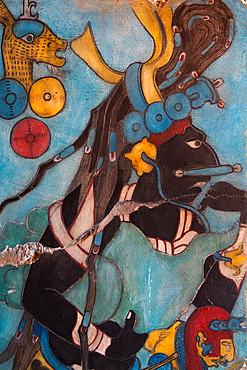
Mural fragments from 650-950 AD, from Cacaxtla, Puebla, National Museum of Anthropology, Mexico City, Mexico, North America
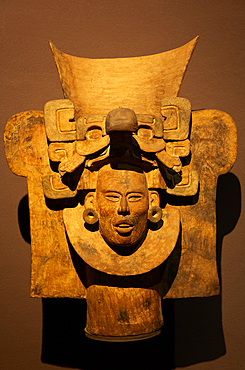
Urn dating from between 100 BC and 200 AD, from Tomb 77, Monte Alban, National Museum of Anthropology, Mexico City, Mexico, North America
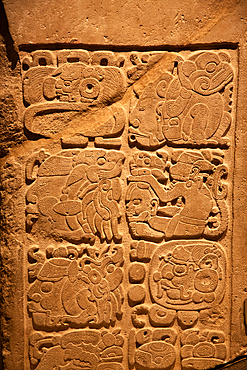
Lintel 48 dating from 600-800 AD, from Yaxchilan, Chiapas, National Museum of Anthropology, Mexico City, Mexico, North America
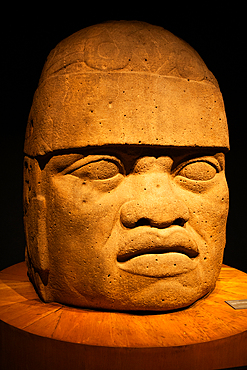
Olmec Colossal Head, 1200-600 BC, from San Lorenzo, Veracruz, National Museum of Anthropology, Mexico City, Mexico, North America

Fountain in courtyard inside the National Anthropology Museum (Museo Nacional de Antropologia), Mexico City, Mexico, North America
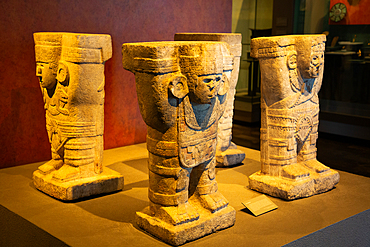
Atlantes Figures dating from 1000-1250 AD, from Chichen Itaza, Yucatan, National Museum of Anthropology, Mexico City, Mexico, North America
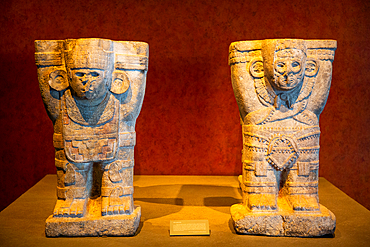
Atlantes Figures dating from 1000-1250 AD, from Chichen Itaza, Yucatan, National Museum of Anthropology, Mexico City, Mexico, North America
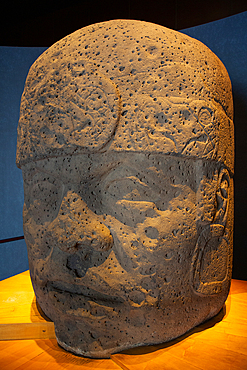
Olmec Colossal Head, 1200-600 BC, from San Lorenzo, Veracruz, National Museum of Anthropology, Mexico City, Mexico, North America

Apache Mountain Spirit Dancer sculpture by Craig Dan Goseyun and Anthropology Laboratory, New Mexico Museum, Museum Hill, City of Santa Fe, New Mexico, United States of America, North America
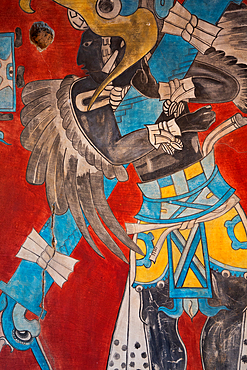
Mural fragments from 650-950 AD, from Cacaxtla, Puebla, National Museum of Anthropology, Mexico City, Mexico, North America

Dios del Agua in foreground, right, 900-1550 AD, from Puebla Area, National Museum of Anthropology, Mexico City, Mexico, North America
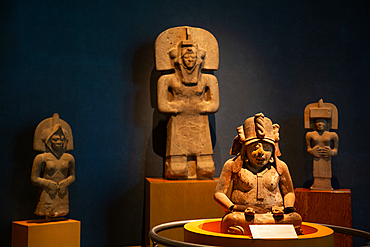
Goddess of Fertility in foreground, 200-900 AD, from Veracruz Area, National Museum of Anthropology, Mexico City, Mexico, North America

Gulf Coast history, Museo Nacional de Antropologia (Anthropology Museum), District Federal, Mexico City, Mexico, North America
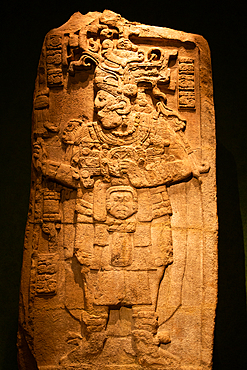
Stela 51 dating from 731 AD, from Calakmul, National Museum of Anthropology, Mexico City, Mexico, North America

Quetzalcoatl Heads, Temple of Quetzalcoatl, reproduction, National Museum of Anthropology, Mexico City, Mexico, North America
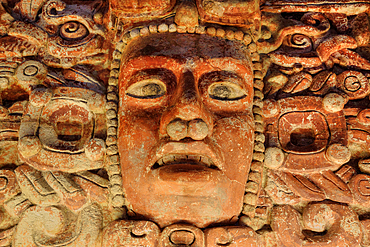
El Frisco de Placeres, dating from 400-600 AD, from Los Placersos, Campeche, National Museum of Anthropology, Mexico City, Mexico, North America
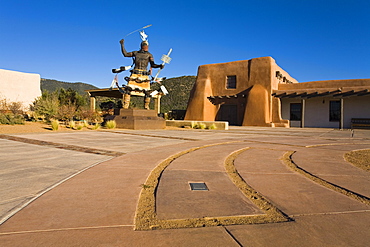
Apache Mountain Spirit Dancer sculpture by Craig Dan Goseyun and Anthropology Laboratory, New Mexico Museum, Museum Hill, City of Santa Fe, New Mexico, United States of America, North America
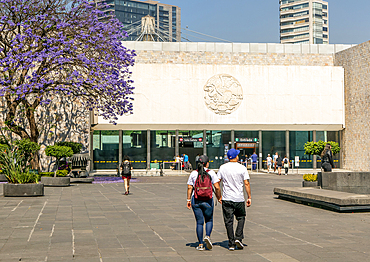
Exterior of the National Anthropology Museum, Museo Nacional de Antropología, Mexico City, Mexico, North America
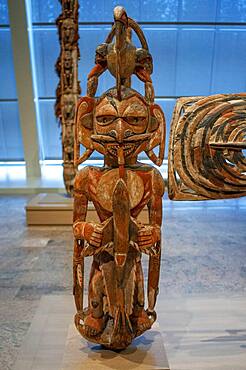
New Ireland Malagan funerary statue in at the Metropolitan Museum of Art museum, New York, USA. New Ireland is part of the Bismarck Archipelago, situated north of New Guinea, and has an estimated population of 100,000. The Dutch first encountered the island in 1616, and today New Ireland is a province of Papua New Guinea. Nineteen different languages are spoken on the island, and it is divided by a chain of mountains into three distinct regions: northern, central, and southeastern. The art of New Ireland traditionally centered on mortuary ceremonies and feasts to honor the dead. In northern New Ireland, the name given to these elaborate ceremonies is malagan, which is also the term used for the carved and painted sculptures associated with the ceremonies.
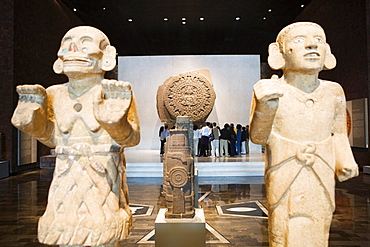
Entrance Hall with the aztec stone of the sun, National Anthropology Museum, Museo Nacional de Antropologia, Mexico City, Mexico D.F., Mexico

Pre-Columbian museum piece, Museo Nacional de Antropologia, National Museum of Anthropology, Mexico City, Mexico, North America
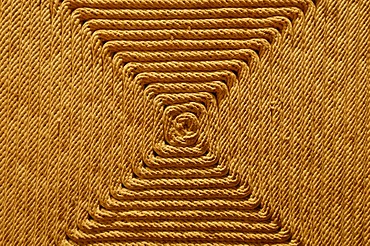
Carpet made of sisal, Museo Nacional de Antropologia, National Museum of Anthropology, Mexico City, Mexico
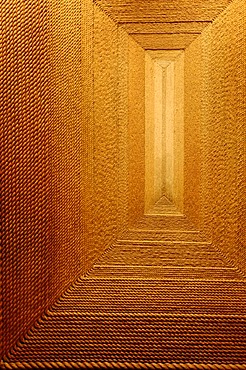
Carpet made of sisal, Museo Nacional de Antropologia, National Museum of Anthropology, Mexico City, Mexico
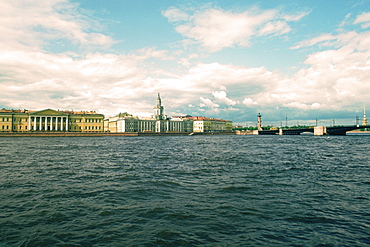
Buildings at the waterfront, Academy of Arts, Anthropology and Zoological Museum, Neva River, St. Petersburg, Russia

A skull whearing a wig, found in Chihuahua is displayed in the National Museum of Anthropology in Mexico City, December 1, 2011. The National Museum of Anthropology and History museum(Museo Nacional de Antropologia e Historia) is located in the histori

Mexico, Federal District, Mexico City, Museo Nacional de Antropologia Vase 200 BC-500 AD in the form of an animal head.
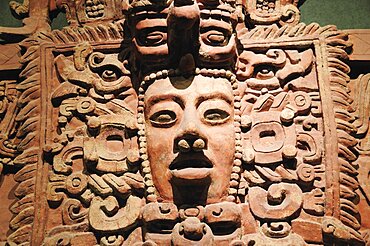
Mexico, Federal District, Mexico City, Museo Nacional Antropologia Detail of frieze fragment 250-600 AD from Campeche.
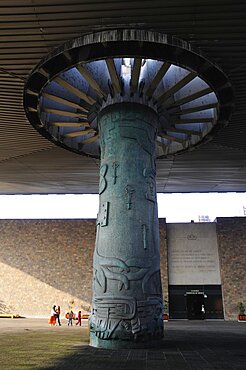
Mexico, Federal District, Mexico City, Chapultepec Park Museo National Antropologia Paraguas or Umbrellas central column architectural feature.
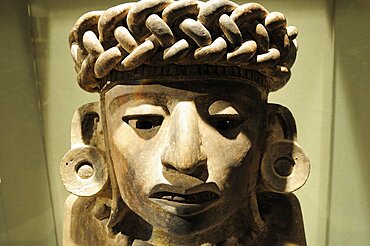
Mexico, Federal District, Mexico City, Museo Nacional de Antropologia Stone carving of snake goddess Diosa 13 Serpente 200 BC-500 AD.

Mexico, Federal District, Mexico City, Museo Nacional de Antropologia Detail of lintel 43 de Yaxchilan relief carving from Chiapas depicting figure carrying ceremonial staff.
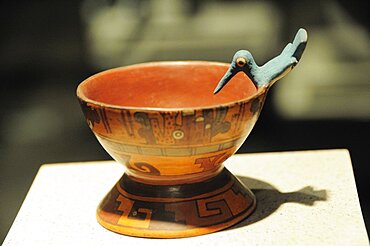
Mexico, Federal District, Mexico City, Museo Nacional de Antropologia Painted hummingbird goblet 800-1521 AD.
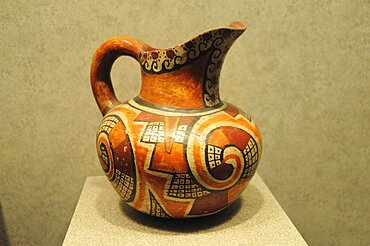
Mexico, Federal District, Mexico City, Museo Nacional de Antropologia Painted Mixteca ceramic jug from Oaxaca in Ancient Mexico.

Mexico, Federal District, Mexico City, Museo Nacional de Antropologia Replica wall painting from Chiapas depicting line of figures with symbols below.
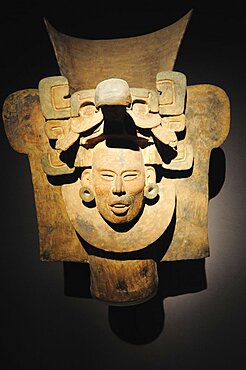
Mexico, Federal District, Mexico City, Museo Nacional de Antropologia Urn 100 BC-200 AD from Monte Alban.

Mexico, Federal District, Mexico City, Museo Nacional Antropologia Atlantes 1000-1250 AD found at Chichen Itza.

Mexico, Federal District, Mexico City, Museo National de Antropologia Detail of replica wall painting from Chiapas.

Gold Artifacts Moche (Mochica) Culture, 100 to 700AD, NCoast Lord of Sipan Tomb, c300AD model of Lord's attendant in ornaments of gold and turquoise, Peru
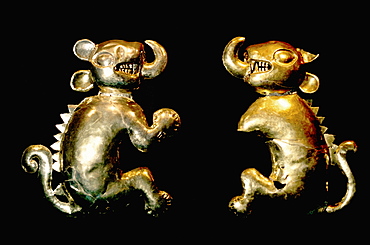
Chimu-Lambayeque Culture, 1100 to 1400AD, from the Lambayeque Valley on north coast gold Feline Idols (wall decorations), Peru

Gold Artifacts Chimu-Lambayeque Culture, 1100 to 1400AD, from the Lambayeque Valley on north coast a Funeral Mask created in one piece of gold, Peru
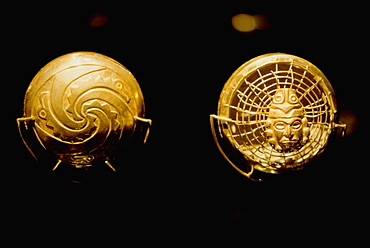
Gold Artifacts Moche (Mochica) Culture, 100 to 700AD, NCoast necklace from Old Lord of Sipan Tomb, 200AD, with gold spiders (front and back details), Peru

Gold Artifacts Moche (Mochica) Culture, 100 to 700AD, NCoast funeral mask from the Old Lord of Sipan Tomb, 200AD, with gilded pectoral of Octopus arms, Peru
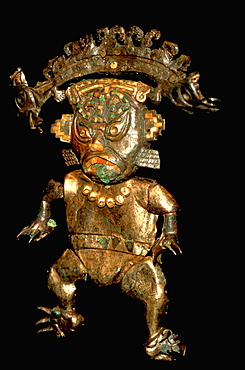
Gold Artifacts Moche (Mochica) Culture, 100 to 700AD, NCoast 'feline-man' fr Old Lord of Sipan Tomb, 200AD, gilded divinity reigns over sea, land & sky, Peru
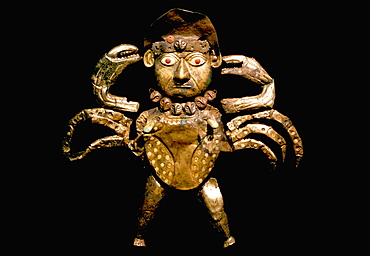
Gold Artifacts Moche (Mochica) Culture, 100 to 700AD, NCoast 'crab man' from Old Lord of Sipan Tomb, 200AD, gilded copper figure of divinity of the sea, Peru

Artifacts from the Chancay Culture, 1100-1400AD, north coast textile with repeating feline and bird designs Museum of the Nation in Lima, Peru

